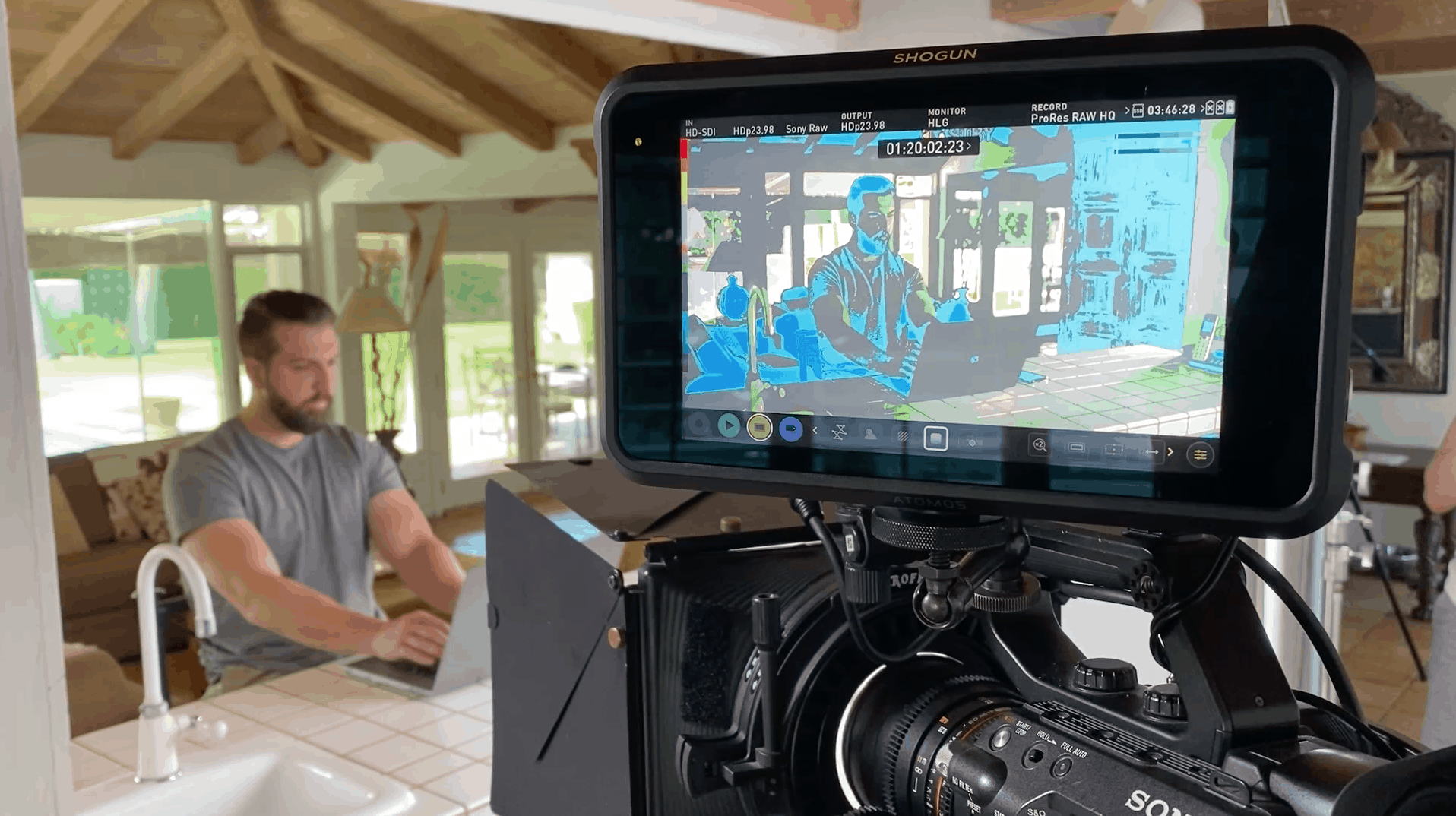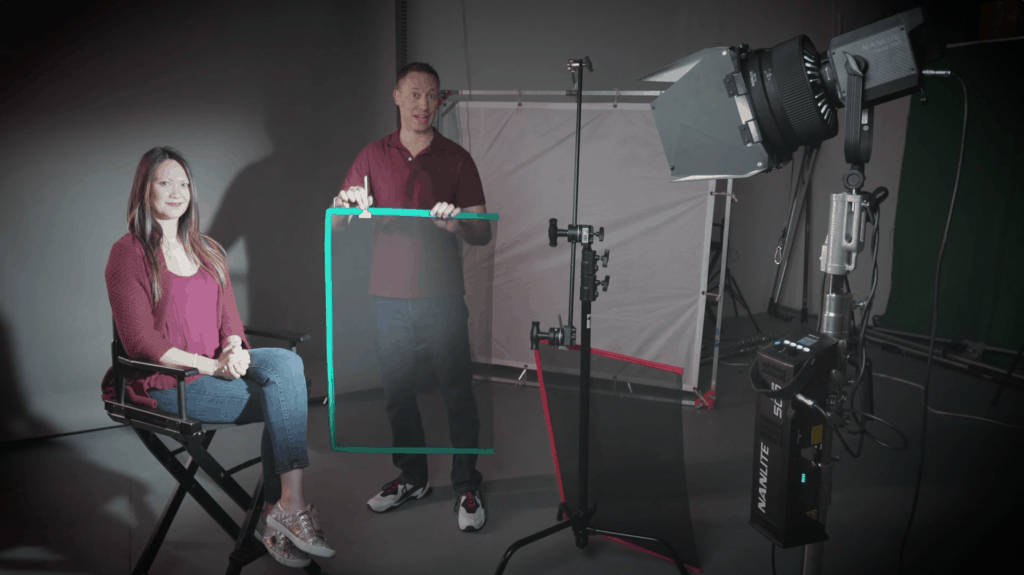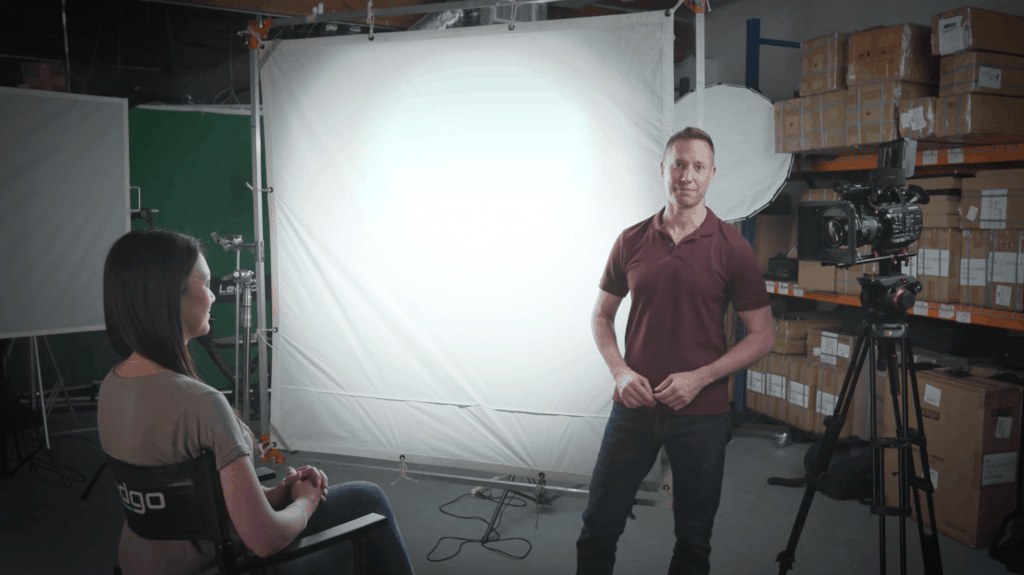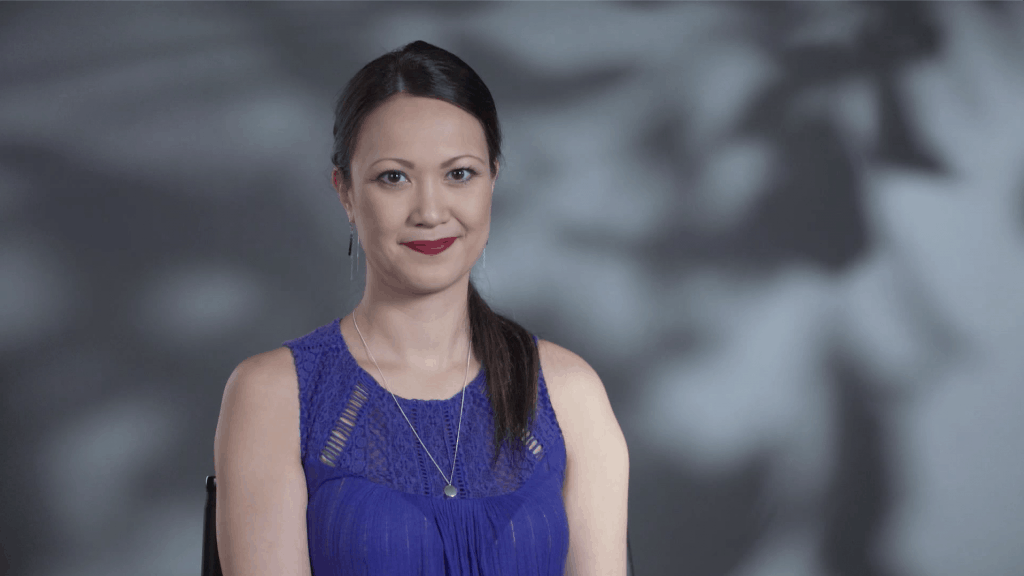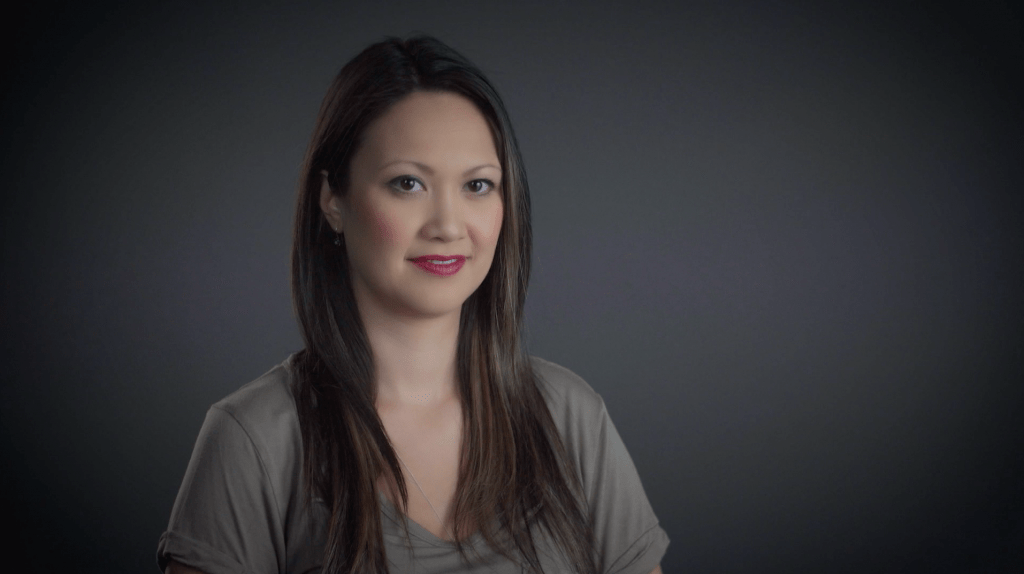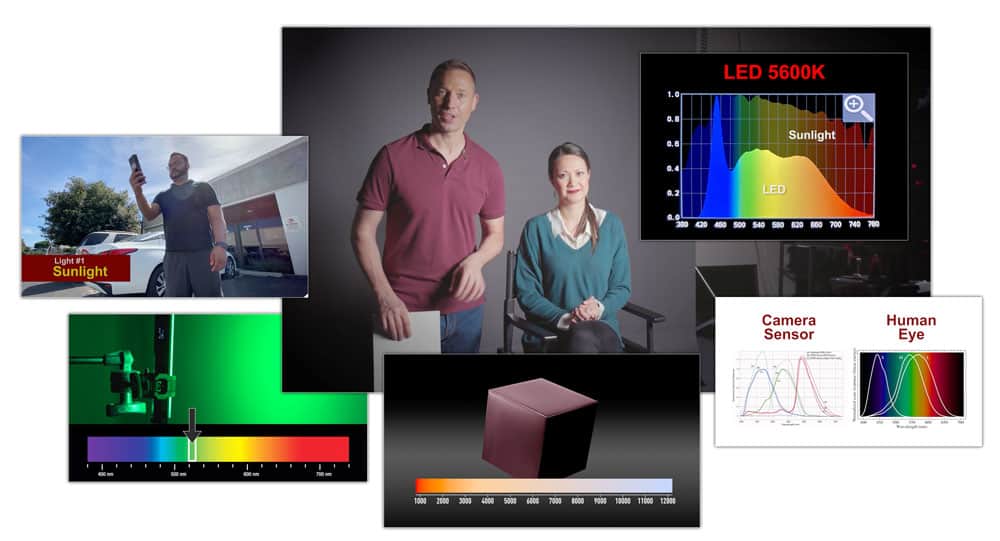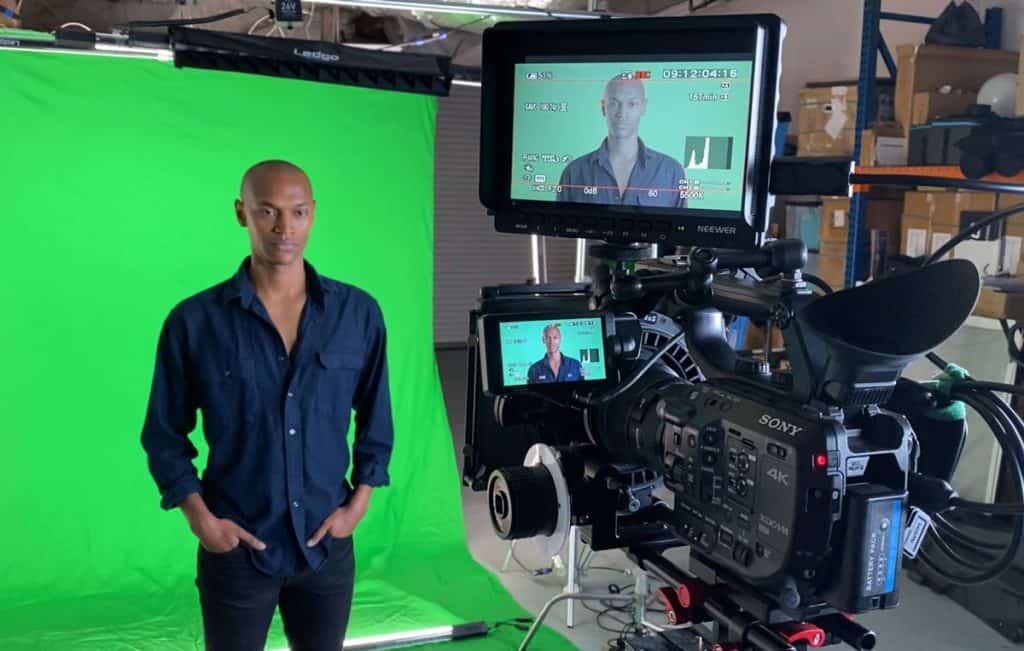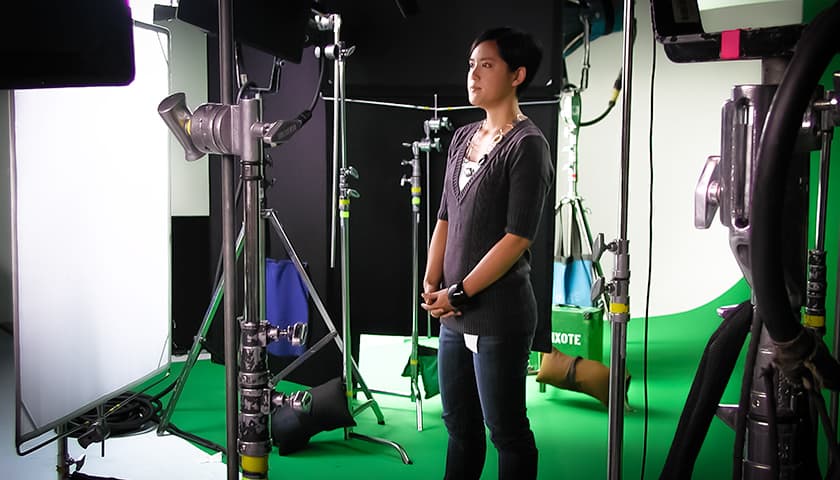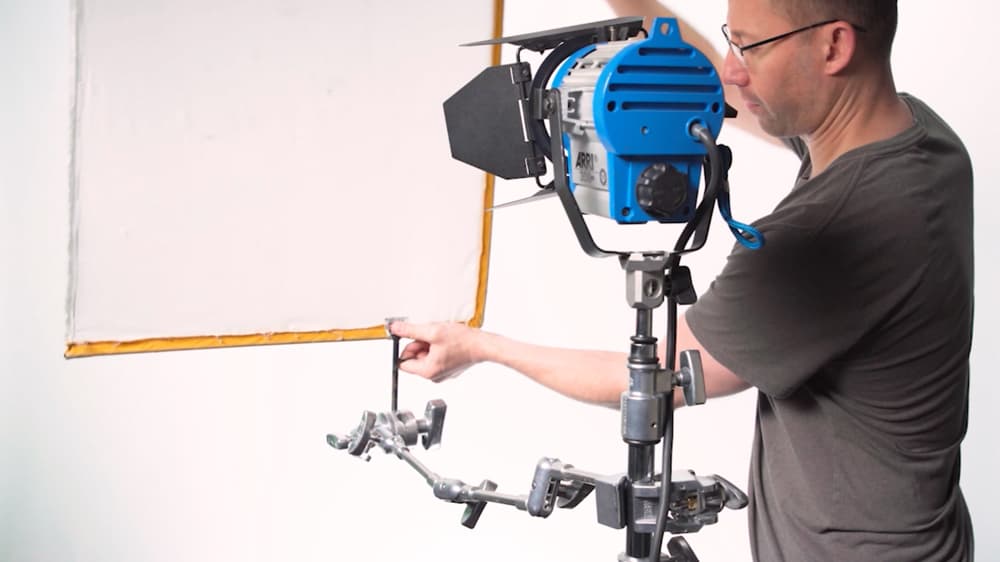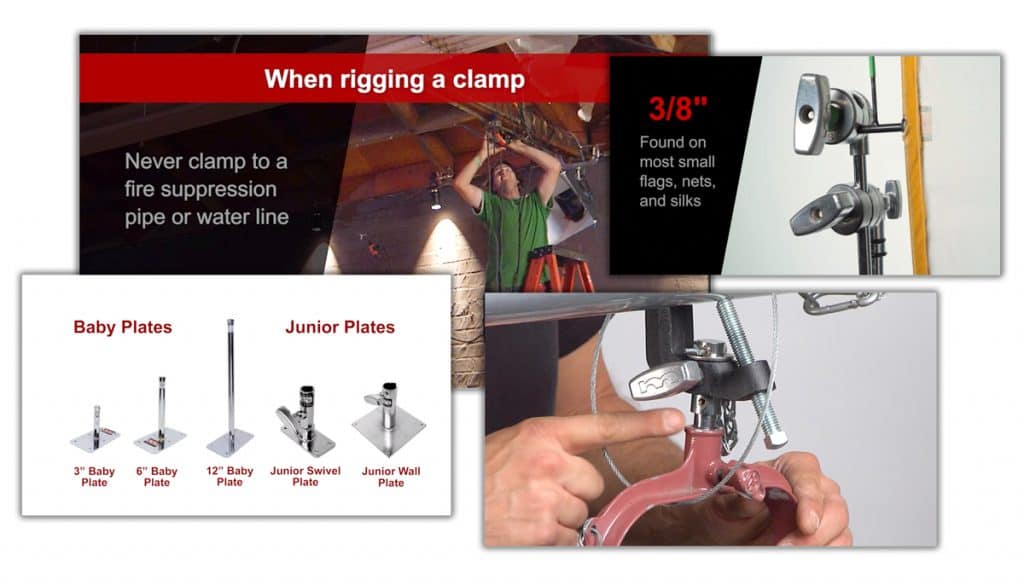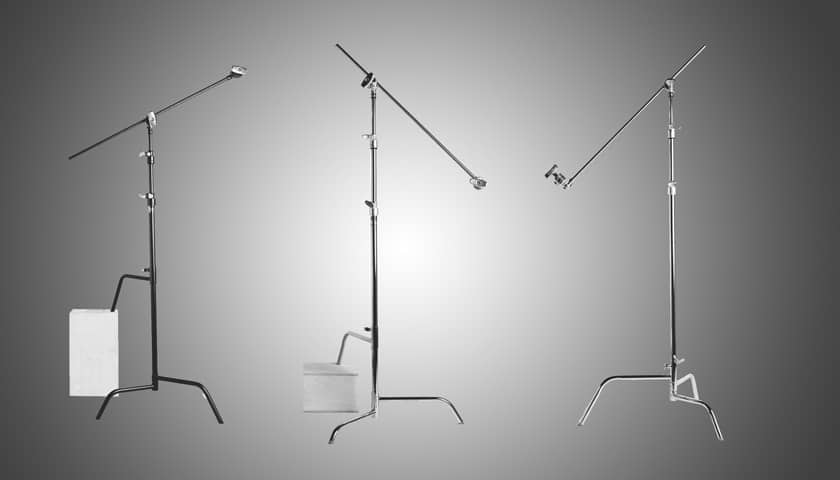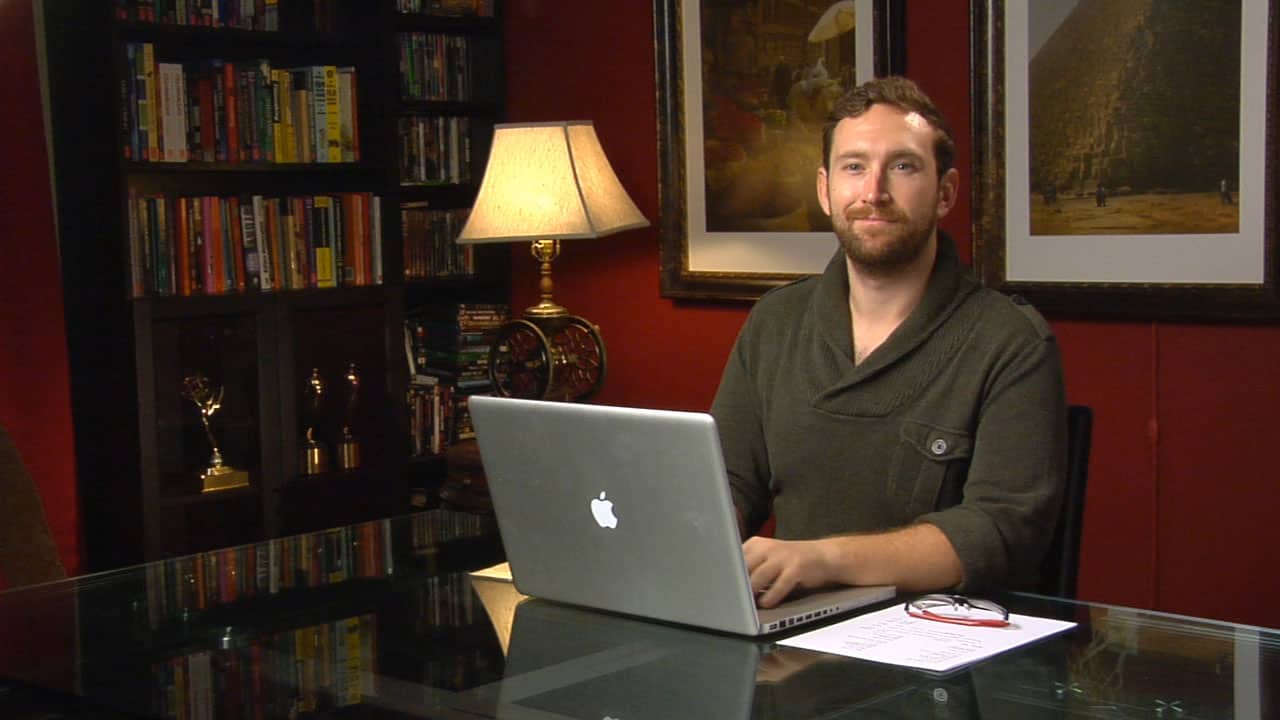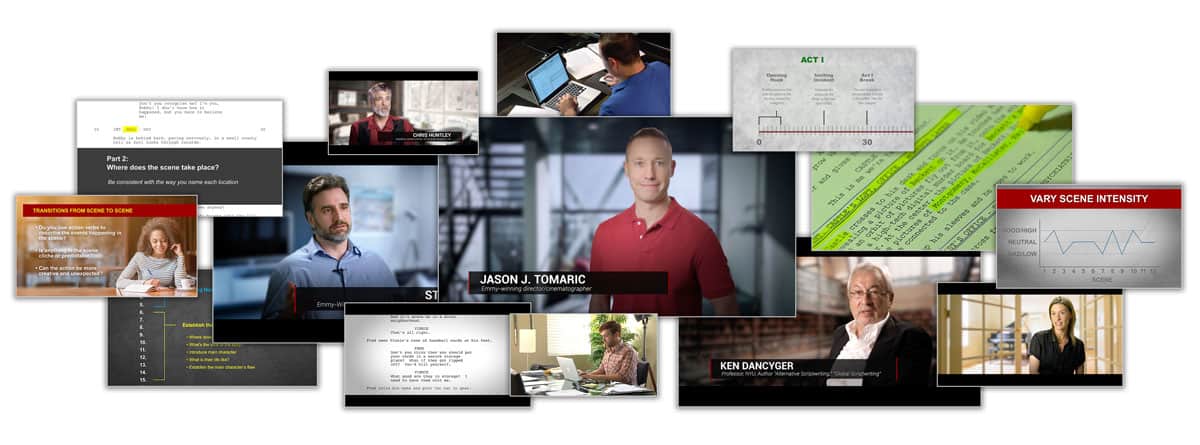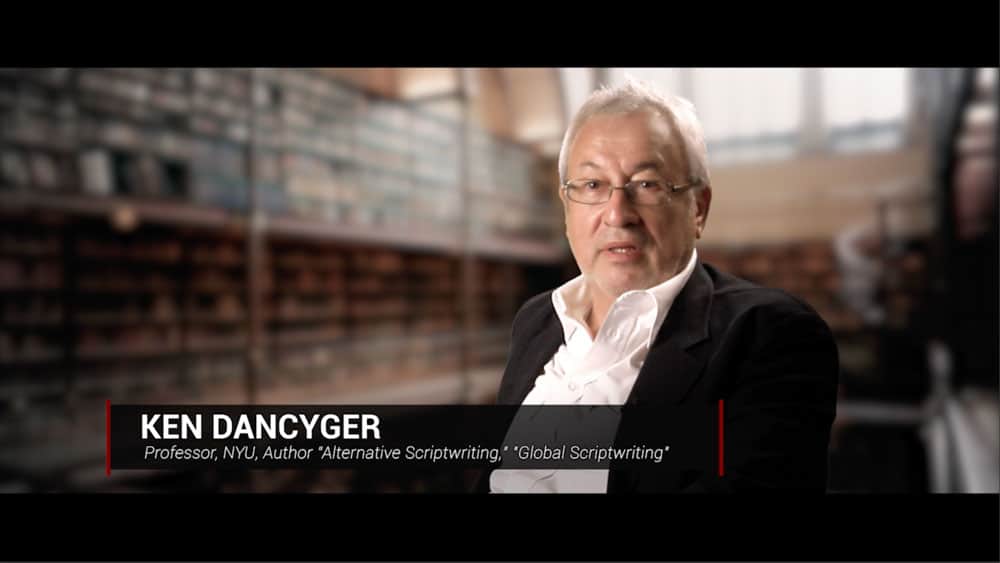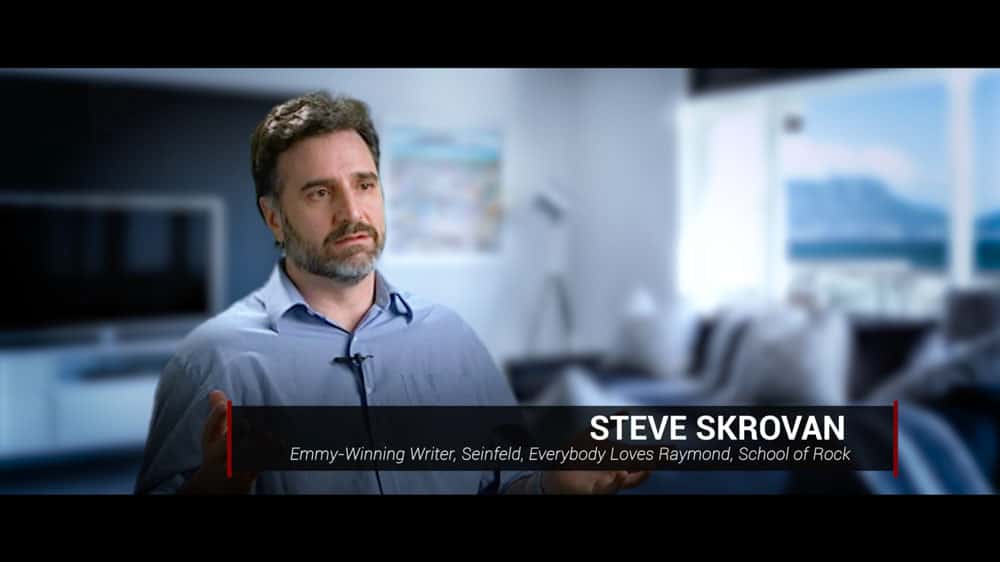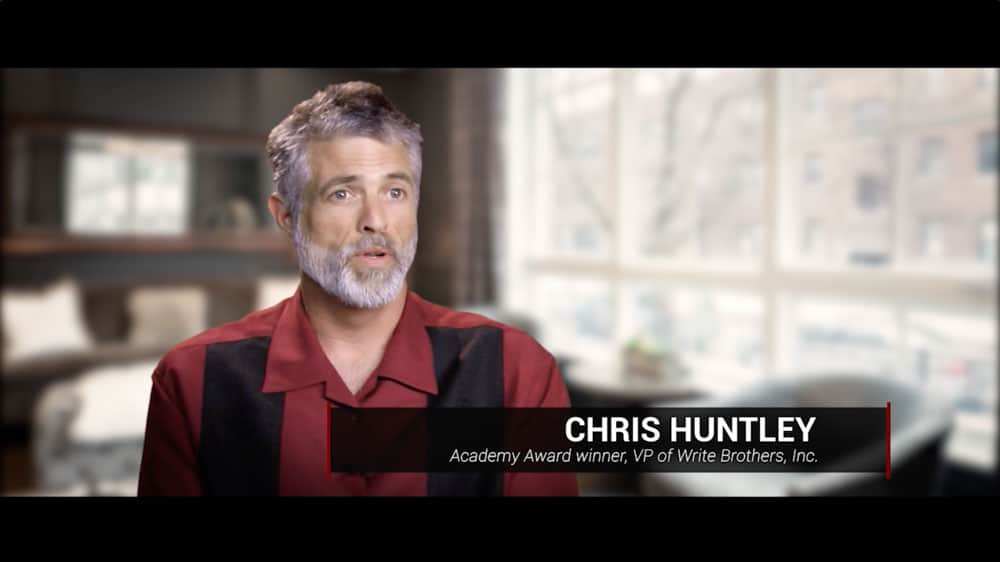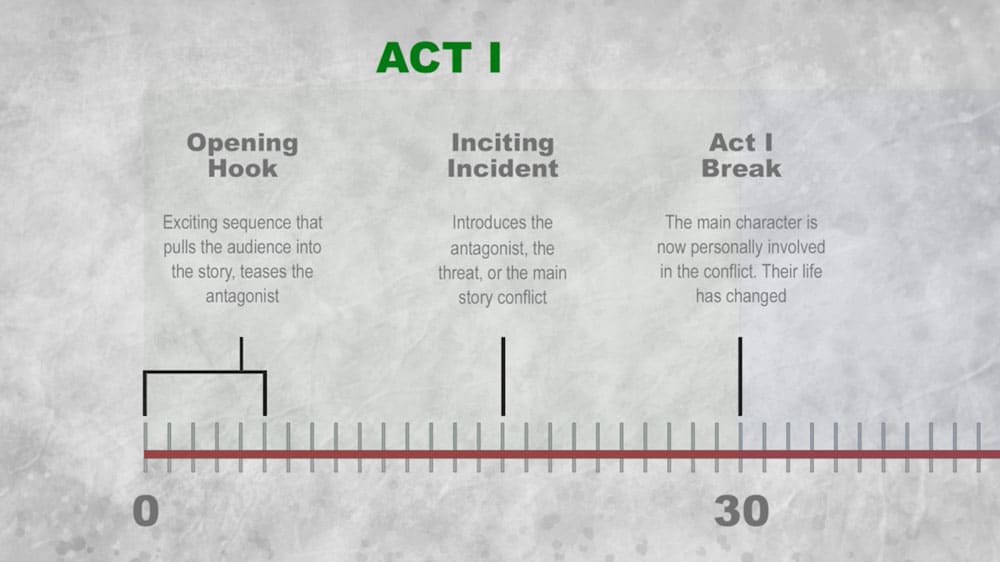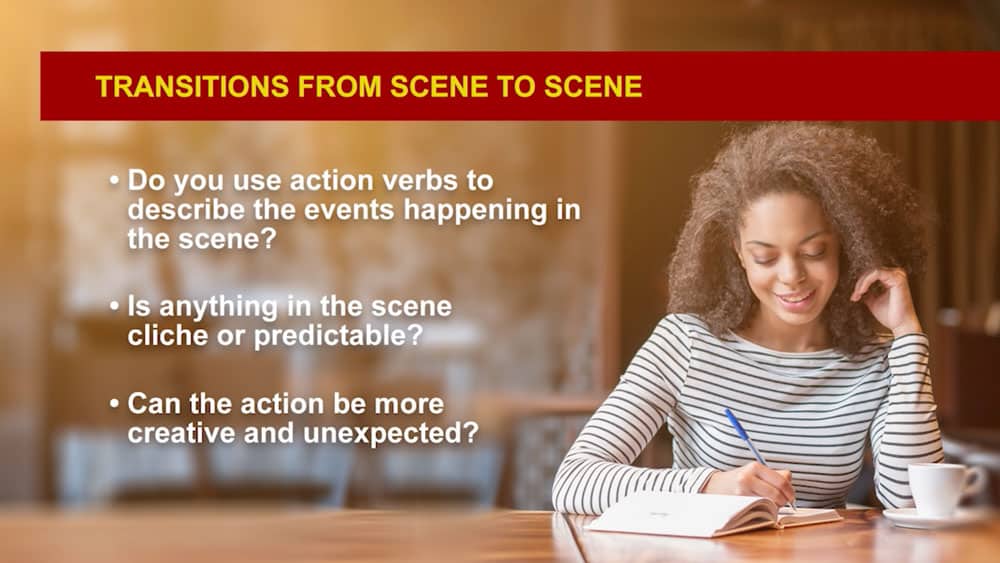Emmy-winning cinematographer Jason Tomaric goes on set to block, light, and shoot 8 sample scenes, methodically walking students through every step of how to achieve professional cinematic results. Whereas previous FilmSkills lessons focus on the tools, this series applies that knowledge to practical, real-world settings. In this comprehensive series, students learn a variety of skills and techniques.
- How to choose the lens, plan the camera movement, and set the frame
- How to identify exposure and color problems
- How to gel windows to balance brightness of sunlight with production lights
- How to effectively use white balance and color temperatures to achieve the desired color palette
- How to shoot a night scene while producing a clean, solid image
- How to use a waveform monitor and false color
- How to use a light meter to determine contrast
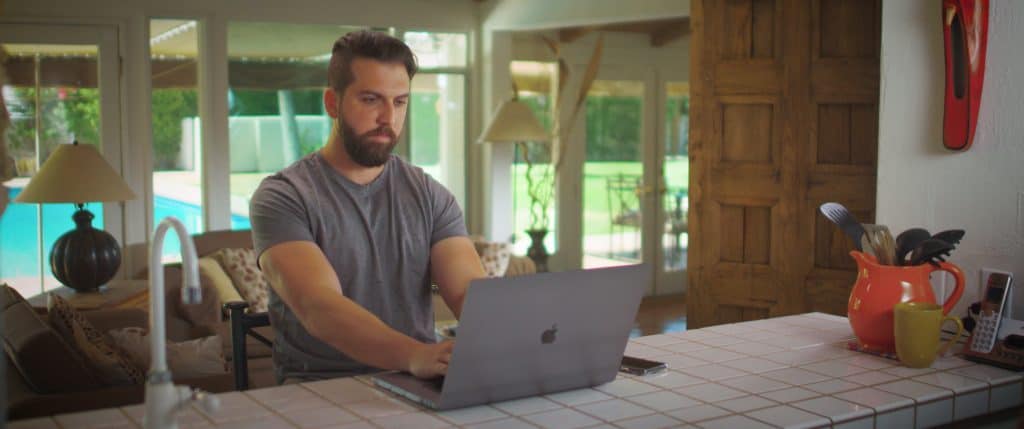
Interior Counter Top - Daytime
Students learn how to address exposure issues when shooting on location with windows, how to gel windows, balance exposure, and create natural, motivated lighting.
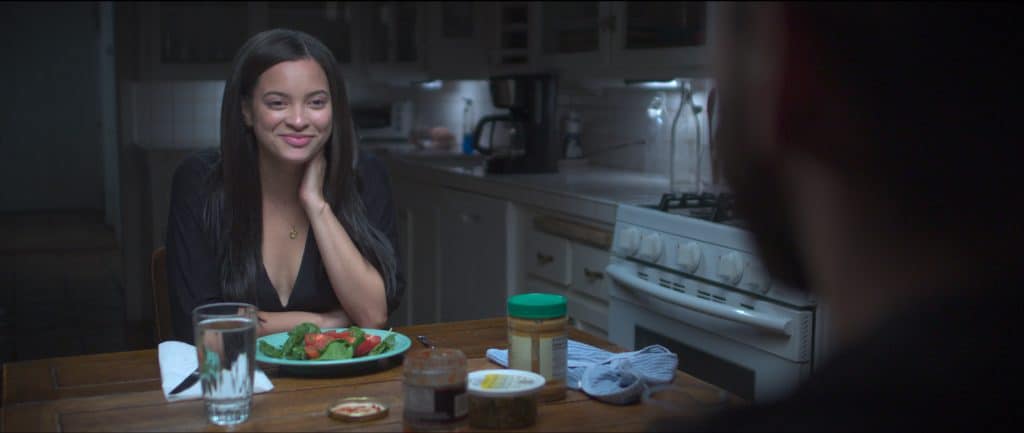
Kitchen Table - Nighttime
Students learn how to shoot dialogue scene between two people at night, on location. Covering both his and her shots, this tutorial guides students through the blocking, composition, and lighting decisions behind creating a cinematic night scene.
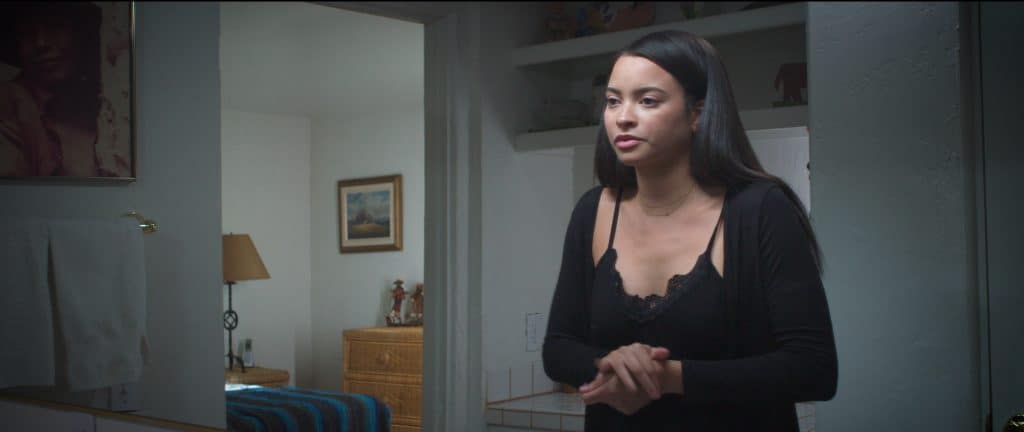
Interior Bathroom - Daytime
Shooting in a small, confined space like a bathroom creates a range of production challenges, which we systematically address in this engaging tutorial. From a simple bathroom to a dramatic shot, students learn how to achieve the desired look on set.
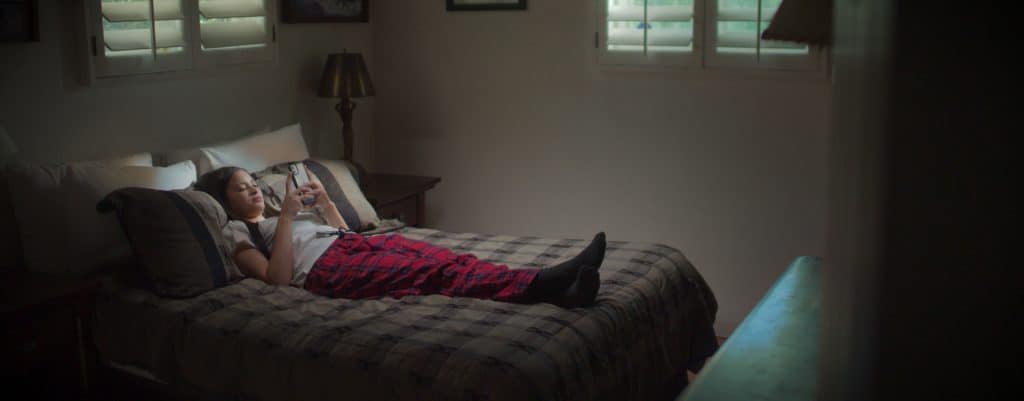
Interior Bedroom - Daytime
Students learn how to create a sculpted light in a bedroom interior during the day. In this lesson, students learn how to balance exposure between the subject and outside sunlight, all while creating a cinematic look.
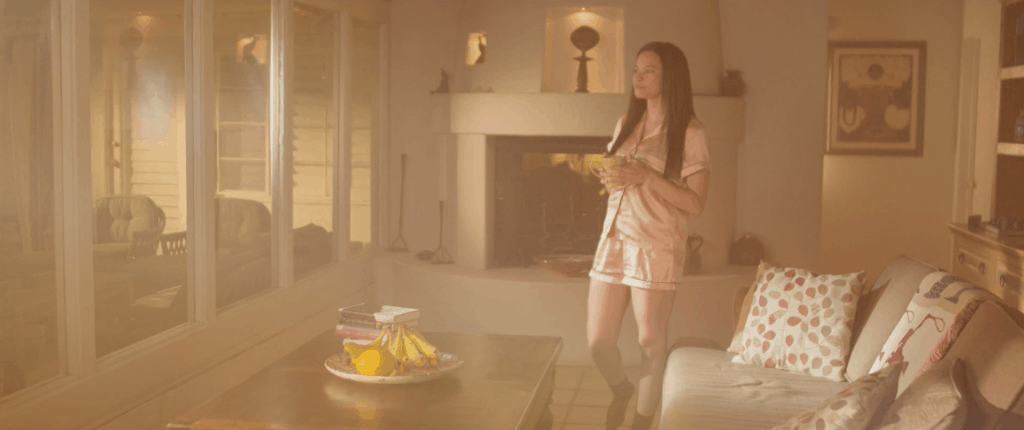
Living Room - Morning
In this on-location tutorial, students learn how to create a morning light on a nighttime set. From working with haze and creating volumetric light, students learn to block and light for a cinematic look.
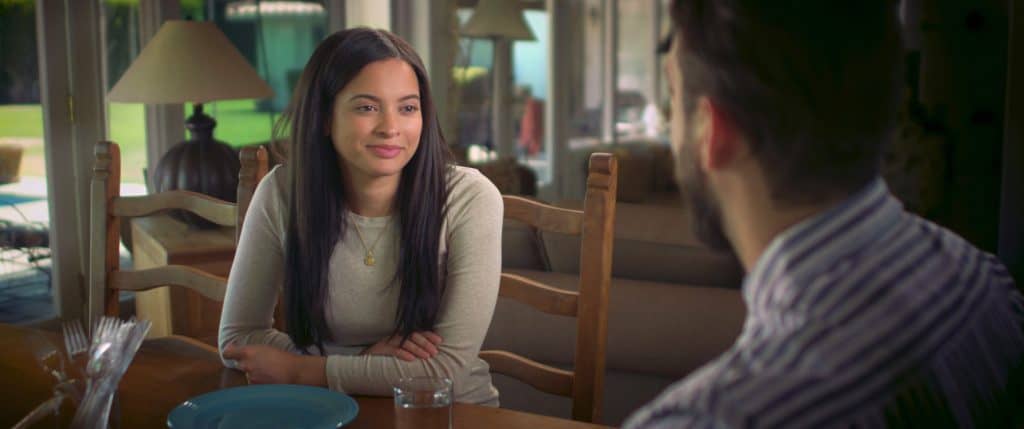
Kitchen Table - Daytime
One of the most common scenes in a student production is the interior dialogue scene. Students learn how to address exposure issues when shooting on location with windows, how to gel windows, balance exposure, and create natural, motivated lighting.
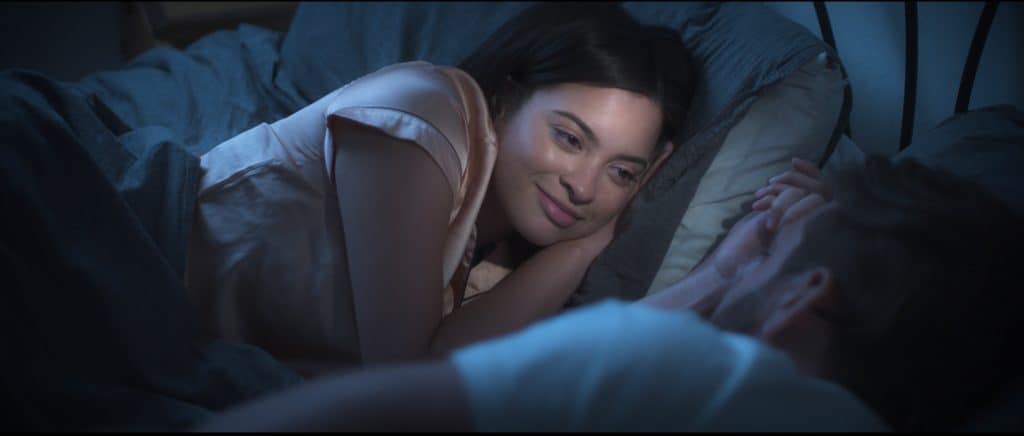
Bedroom Dialogue - Nighttime
In this tutorial, students learn to shoot a realistic night scene that achieves the desired emotional tone, all while producing a clean, noise-free image.
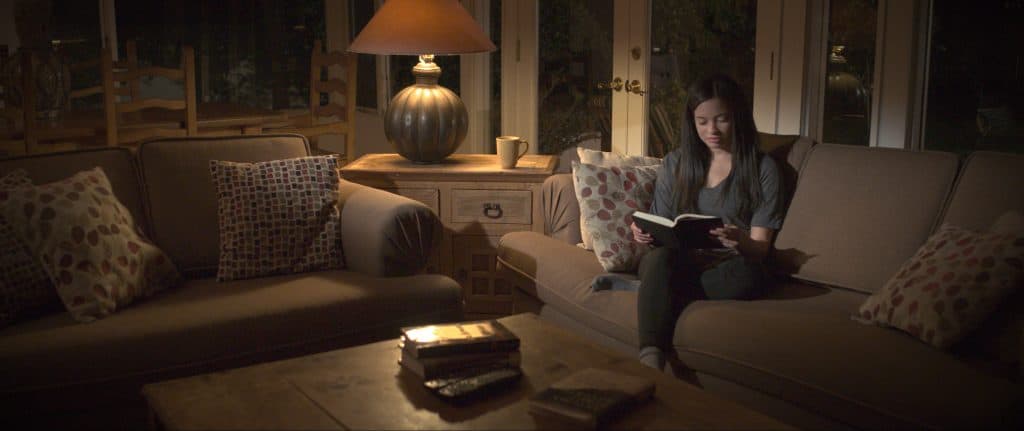
Living Room - Nighttime
In this lesson, students learn how to light and shoot a scene with practical light fixtures, how to enhance the light so it is motivated, and how to bring the outside into the latitude of the camera

